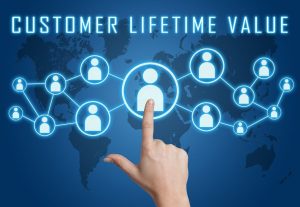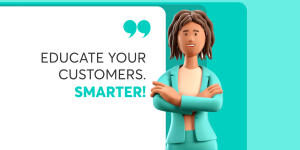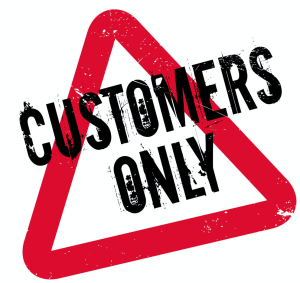I wrote about company culture over 10 years ago and that previous post has been getting a lot of attention over recent weeks. That made me think – how has culture changed over the years and how important now is the interplay with culture, technology and both employee and customer success.
Since 2013 when I wrote the last culture article, the integration of advanced technology in the workplace has transformed company cultures globally. And this evolution necessitates a reassessment of how company culture and technology together foster a conducive environment for employee motivation and customer success. The rise of remote work, digital collaboration tools and AI-driven analytics has not only changed how we work but also how we interact, learn, and grow within organisations.
The core principles of a strong company culture – continuous hiring, encouraging entrepreneurship and leading by example – remain crucial. However, their application has transformed. Today, fostering a culture of adaptability, inclusivity and digital savviness is imperative. Encouraging a culture that embraces change, values digital skillsets and promotes a work-life balance in a digitally connected world is key to attracting top talent.
The transparent and data-driven culture facilitated by technology leads to more informed decision-making, enhancing employee satisfaction and efficiency. A culture that leverages technology to understand customer needs better and respond to them swiftly contributes significantly to customer success.
In essence, the synergy of a robust company culture and cutting-edge technology is a powerful driver of growth. It’s about creating an environment where motivated employees thrive, leading to innovative solutions and heightened customer satisfaction.
How does your company culture stack up in 2024? And what’s the future of a good company culture?





